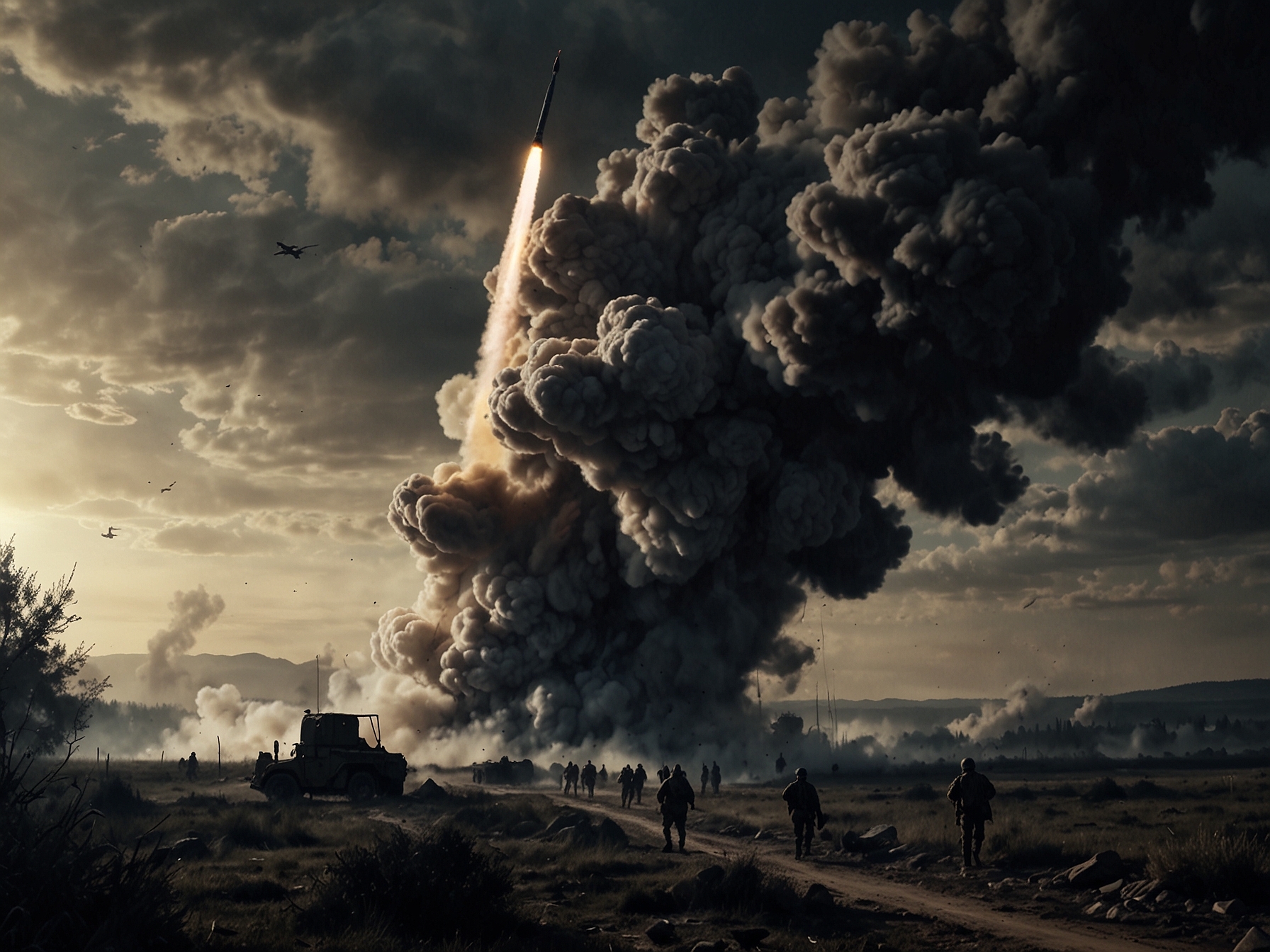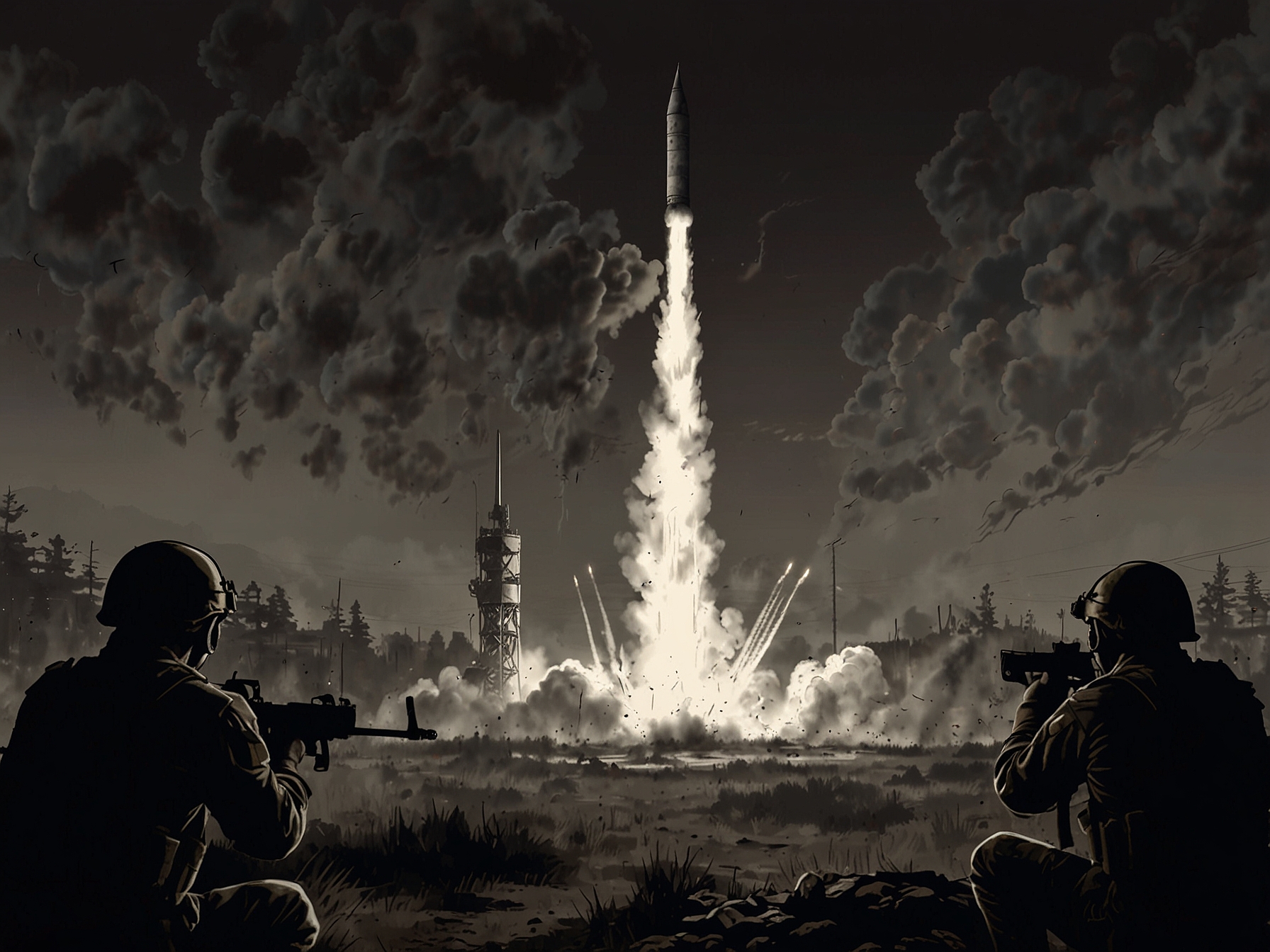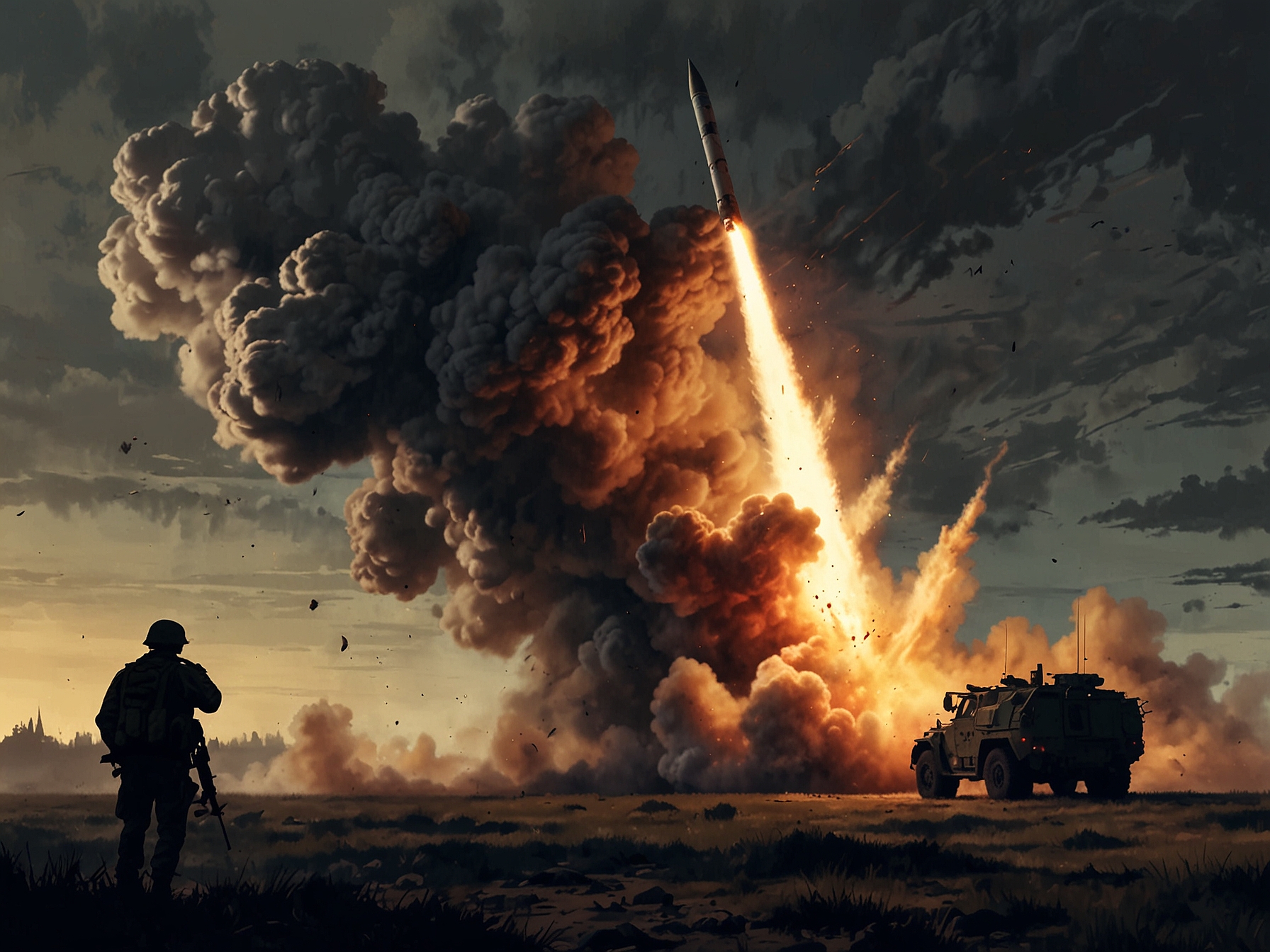Ukraine’s First Use of ATACMS
Ukraine has taken a bold step in its fight against Russia. For the first time, Ukrainian forces have employed American-supplied ATACMS missiles. This strategic move underscores the escalation of this ongoing conflict. It marks a significant moment after nearly 1,000 days of war. The missile strike hit a Russian military facility near Karachev, in the Bryansk region. Located just 130 kilometers from the Ukrainian border, it symbolizes Ukraine’s determination.
On the evening of November 19, this historic attack took place. The Ukrainian military hit the 67th Arsenal of the Main Missile and Artillery Directorate. This event was not just another clash on the battlefield; it feels more profound, almost like a turning point. Reports indicate the strike was successful. While details remain classified, the use of such long-range missiles hints at newfound capabilities.

Before this incident, Ukraine primarily relied on homemade drones. These drones, while effective to a degree, had limits in terms of range and impact. The introduction of ATACMS changes the game. It could potentially lead to more destructive outcomes, serving as a clear message to Russia.
Russia’s Response and Escalating Tensions
Russia did not take this attack lightly. Officials confirmed that Ukraine had used ATACMS against its territory. Foreign Minister Sergei Lavrov called the incident a sign of escalating Western involvement in the conflict. His words carried an air of urgency. He stated, “We will react accordingly.” The implications of Lavrov’s remarks leave one wondering just how far Russia will go in response.
The Kremlin seems to be preparing for all possible scenarios. Putin recently updated Russia’s nuclear doctrine, lowering the threshold for nuclear weapons use. This decree makes it clear that any significant attack on Russian territory could provoke a devastating response. It raises critical questions: How close are we to a larger conflict? What would happen if nuclear weapons were in play?

Lavrov’s warnings reinforce the idea that this is more than a regional conflict. It’s a confrontation that could involve superpowers. The language coming from Moscow suggests a willingness to escalate. Amidst these tensions, there are reports that Russian air defenses intercepted several of the missiles. Such interceptions, however, do not negate the symbolic significance of Ukraine’s actions.
The Bigger Picture: A New Phase in Warfare
This strike may represent a new phase in modern warfare. The involvement of Western weaponry is a pivotal change. It speaks volumes about international alliances and the shifting dynamics of military strategy. As Ukraine takes more aggressive action, the stakes continue to rise.
The West is watching closely. How will the situation evolve from here? The use of ATACMS might embolden Ukraine, but it also escalates risks. Questions linger about how far other nations might go to support Ukraine without provoking Russia.

Consider how military support shapes conflict. The line between conventional and unconventional warfare continues to blur. The implications could extend well beyond the borders of Ukraine and Russia.
Is this the beginning of a new era in military engagement? People around the world are looking to see how this affects global stability. The clash over missile strikes raises important issues about accountability and the ethics of modern warfare. What do we do when countries move from proxy support to direct military engagement?
The Human Aspect: Lives at Stake
Amid the political and military maneuvers lies the human cost. Each missile represents lives changed forever. The ongoing conflict has displaced millions. Families yearn for peace. The human toll often gets lost among the headlines.
As we witness these developments, empathy must guide our understanding of the situation. How can we support those affected by this crisis? It’s not just a story of nations; it’s about people caught in the crossfire of decisions made at higher levels of power.
The emotional weight remains heavy for those on both sides of the conflict. Many feel fear, uncertainty, and sadness. What do we do when the stakes are higher than ever? Each party continues to calculate risks, with lives hanging in the balance. Will there ever be a peaceful resolution?
In conclusion, Ukraine’s strike may signal a pivotal shift in the ongoing war. With every action, the consequences ripple beyond immediate reactions. This conflict has taught us that in warfare, every strategic decision carries weight. As we ponder the future, let’s keep our focus on the human lives at stake.




